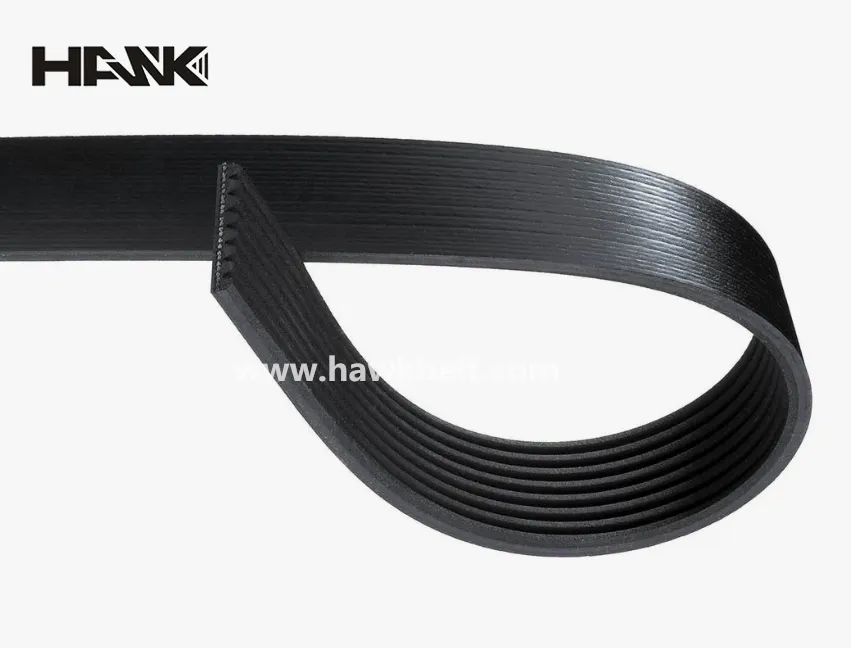- Arabic
- French
- Russian
- Spanish
- Portuguese
- Turkish
- Armenian
- English
- Albanian
- Amharic
- Azerbaijani
- Basque
- Belarusian
- Bengali
- Bosnian
- Bulgarian
- Catalan
- Cebuano
- Corsican
- Croatian
- Czech
- Danish
- Dutch
- Afrikaans
- Esperanto
- Estonian
- Finnish
- Frisian
- Galician
- Georgian
- German
- Greek
- Gujarati
- Haitian Creole
- hausa
- hawaiian
- Hebrew
- Hindi
- Miao
- Hungarian
- Icelandic
- igbo
- Indonesian
- irish
- Italian
- Japanese
- Javanese
- Kannada
- kazakh
- Khmer
- Rwandese
- Korean
- Kurdish
- Kyrgyz
- Lao
- Latin
- Latvian
- Lithuanian
- Luxembourgish
- Macedonian
- Malgashi
- Malay
- Malayalam
- Maltese
- Maori
- Marathi
- Mongolian
- Myanmar
- Nepali
- Norwegian
- Norwegian
- Occitan
- Pashto
- Persian
- Polish
- Punjabi
- Romanian
- Samoan
- Scottish Gaelic
- Serbian
- Sesotho
- Shona
- Sindhi
- Sinhala
- Slovak
- Slovenian
- Somali
- Sundanese
- Swahili
- Swedish
- Tagalog
- Tajik
- Tamil
- Tatar
- Telugu
- Thai
- Turkmen
- Ukrainian
- Urdu
- Uighur
- Uzbek
- Vietnamese
- Welsh
- Bantu
- Yiddish
- Yoruba
- Zulu
Okt . 10, 2024 14:17 Back to list
Exploring the Benefits and Applications of Flat and V Belts in Various Industries
Understanding Flat and V Belts An Essential Component in Mechanical Systems
In the realm of mechanical engineering and design, belts play a crucial role in transmitting power and motion between various components of machines. Among the most common types of belts used in industries are flat belts and V belts. Each type has its unique design, applications, advantages, and disadvantages, making them suitable for different operational needs.
Flat Belts Design and Uses
Flat belts are characterized by their rectangular shape, with a uniform thickness and width throughout the length of the belt. They are primarily made from materials like leather, rubber, or synthetic fabrics, which provide durability and flexibility. The operation of flat belts is grounded in friction, as they rely on the frictional force between the belt and the pulleys to transmit power.
One of the key advantages of flat belts is their ability to handle longer distances between drive and driven components. They are often used in situations where the driving and driven pulleys are not aligned directly. Common applications include conveyor systems, textile machinery, and various automated assembly lines. However, one notable limitation is their tendency to slip under heavy loads, which can reduce efficiency.
V Belts Design and Applications
V belts, also known as wedge belts, have a trapezoidal cross-section that enables them to sit snugly within the grooves of the pulleys. This design allows for a greater grip and more efficient power transmission than flat belts. V belts are made from similar materials as flat belts but often incorporate reinforced fabrics and rubber compounds for enhanced strength and durability.
flat and v belt

This type of belt is particularly well-suited for high-tension applications and can effectively transmit higher levels of power over shorter distances. V belts are commonly employed in automotive drive systems, industrial machinery, and HVAC systems. Their design minimizes the risk of slipping, making them a reliable choice for dynamic applications. However, the need for precise alignment between pulleys is crucial to ensure optimal performance, as any misalignment can lead to increased wear and reduced efficiency.
Comparative Analysis Flat Vs V Belts
When comparing flat and V belts, several factors should be considered. Flat belts excel in applications requiring long-distance power transmission and versatile configurations, while V belts shine in high-torque situations where efficiency and minimal slippage are critical. The selection between the two often hinges on specific application requirements, including distance, load, and environmental factors.
Cost is another aspect to consider. Flat belts are generally less expensive to manufacture but can incur higher maintenance costs due to slippage issues. On the other hand, while V belts may have a higher initial cost, their longevity and efficiency can lead to lower operational costs over time.
Conclusion
In conclusion, both flat and V belts remain integral components in the world of mechanical systems. Understanding their unique characteristics, applications, and advantages allows engineers and designers to make informed choices when selecting the appropriate type of belt for their specific needs. Whether it’s for long-distance power transmission with flat belts or high-torque applications with V belts, these components significantly contribute to the efficiency and reliability of mechanical systems across various industries.
-
Korean Auto Parts Timing Belt 24312-37500 For Hyundai/Kia
NewsMar.07,2025
-
7PK2300 90916-T2024 RIBBED BELT POLY V BELT PK BELT
NewsMar.07,2025
-
Chinese Auto Belt Factory 310-2M-22 For BMW/Mercedes-Benz
NewsMar.07,2025
-
Chinese Auto Belt Factory 310-2M-22 For BMW/Mercedes-Benz
NewsMar.07,2025
-
90916-02660 PK Belt 6PK1680 For Toyota
NewsMar.07,2025
-
drive belt serpentine belt
NewsMar.07,2025

